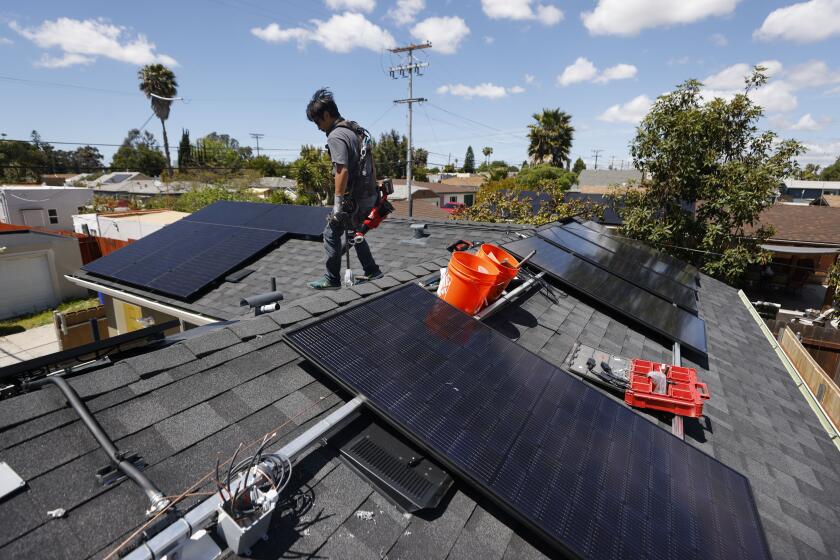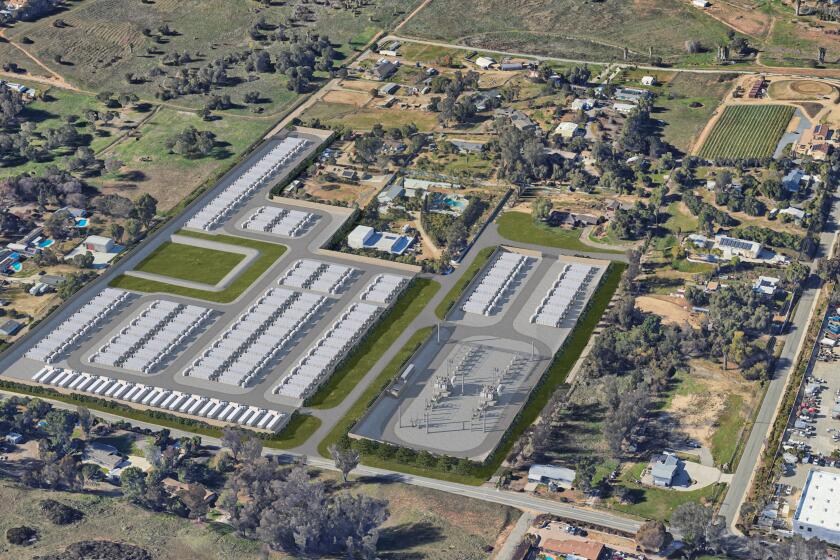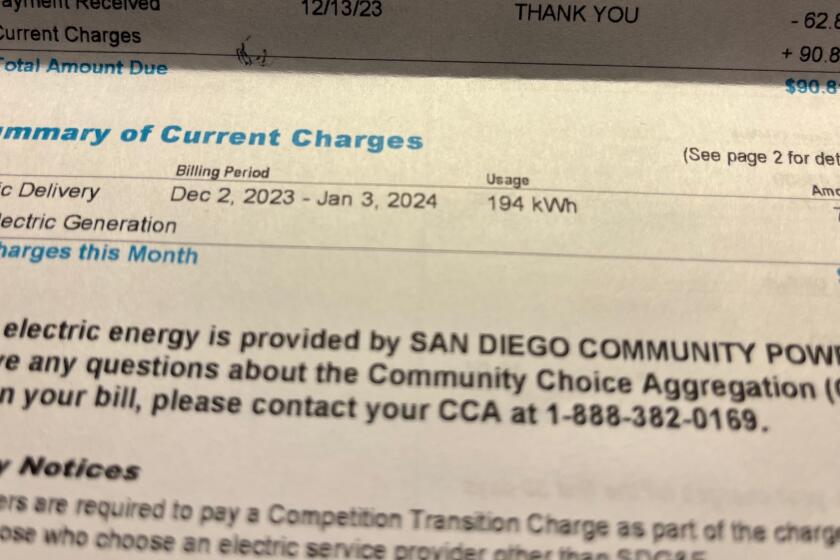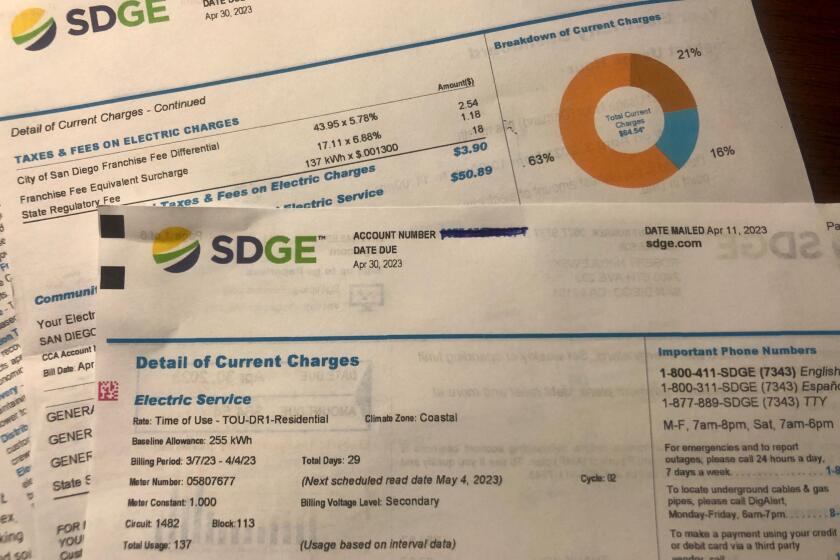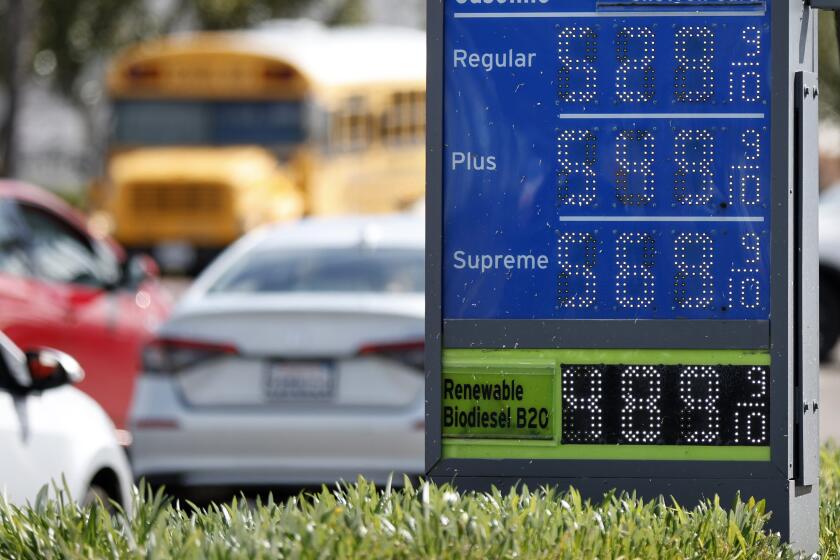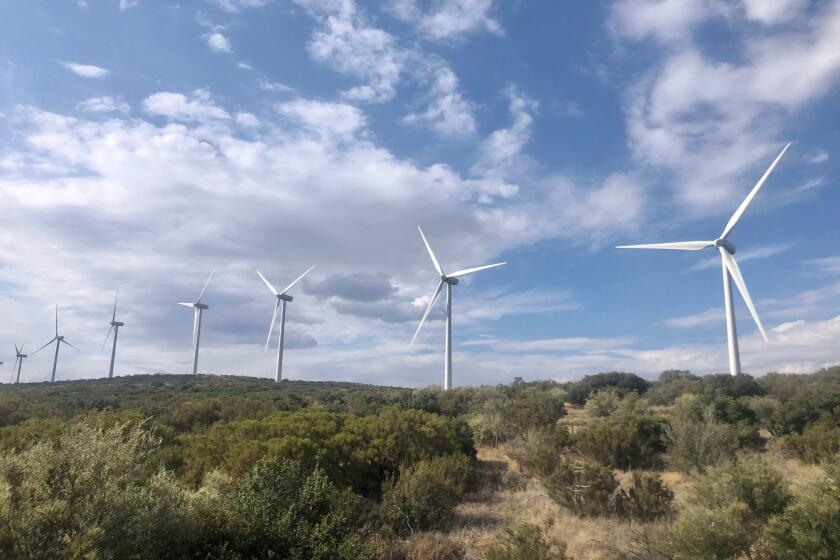Newsom issues emergency proclamation to free up extra sources of power
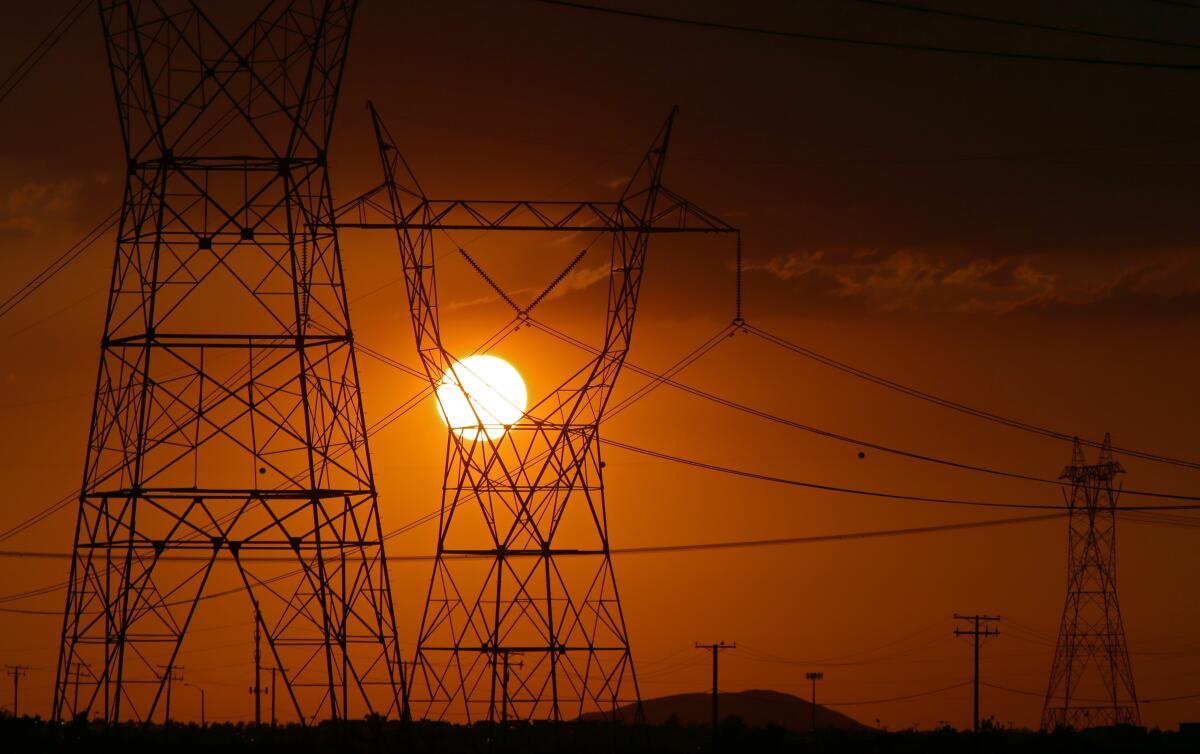
Efforts include reducing red tape and even offering money for industrial energy users
With energy resources looking exceedingly tight amid a persistently hot summer that has seen a spate of wildfires burn across the West, Gov. Gavin Newsom issued an emergency proclamation Friday to free up extra megawatts of power to help make sure the state’s lights stay on in the coming months.
“I find that conditions of extreme peril to the safety of persons and property exist throughout California due to the combined effects of drought, wildfire and extreme heat on the State’s energy system,” Newsom said in the 11-page order.
The proclamation suspends certain permitting requirements, temporarily lifts some regulations and creates incentives so large energy users can move to backup power generation — all in an effort to add capacity or reduce load on the state’s electric grid through October.
One intriguing item in the proclamation calls for the state to reimburse utilities for payments made to industrial customers who agree to reduce their energy consumption when the grid is stressed.
Specifics of the plan still appeared to need firming up but Newsom’s order said “utilities must pay participating customers” as much as $2 per kilowatt-hour when they conserve. The state’s Department of Finance will provide the funding.
Edward Randolph, deputy executive director for energy and climate policy at California Public Utilities Commission, said the program is being developed through the governor’s office.
“This particular program is going to be limited to larger industrial customers who have larger load they could potentially reduce,” Randolph said. “It is intended to augment existing programs.”
The proclamation also included:
- suspending licensing requirements to speed up the expansion of battery energy storage systems of 20 megawatts or more that can discharge for at least two hours by Oct. 31 and deliver energy when the grid needs it most
- easing restrictions on using backup generators when the power system is squeezed
- allowing natural gas power plants to use more fuel than typically allowed by air quality districts when the state’s grid operator has issued an emergency notice or a grid warning, and
- exempting ships berthed in California ports to operate on auxiliary engines — which can mean using diesel fuel — instead of using shore power when the grid is strained.
“Our first attempt will always be to deploy clean energy,” Public Utilities Commission President Marybel Batjer told reporters during a conference call. “There will be some backup energy that will be from fossil fuels that (will be) used in very intermittent, very extreme and very rare occasions but the tools will be in the toolbox for us to deploy.”
To help offset the extra greenhouse gas emissions, the governor’s proclamation directs the California Air Resources Board to come up with a plan by November to improve air quality in affected communities, especially those in economically disadvantaged areas.
“We’ll be setting up a mitigation program and new funds will be made available above and beyond our existing air quality funding that will mitigate those impacts,” said Liane Randolph, chair of the Air Resources Board.
Newsom’s proclamation referenced California facing “an immediate shortfall of up to 3,500 megawatts during extreme weather events” now projected for this summer, after a workshop conducted by state energy officials wrapped up last month.
Newsom also alluded to a “previously unforeseen shortfall of up to 5,000 megawatts” that is projected for the summer of 2022, given the likelihood that the state’s severe drought conditions, heatwaves and wildfires won’t let up.
“What this proclamation does is really provide a motivational tool to just have that certainty so we can really bring that 3,500 (megawatts of power to the grid) under those extreme conditions,” said California Energy Commission member Siva Gunda.
Earlier this year, Elliott Mainzer, president of the California Independent System Operator, which manages the grid for about 80 percent of the state and a portion of Nevada, said he was guardedly optimistic that utility customers would not experience rotating power outages.
“But over the course of the past three months, as we’ve experienced worsening drought conditions and declining hydro production, unprecedented heat throughout the West and increasingly dangerous wildfires impacting key transmission lines, it’s become clear that we’ve entered a new normal and extraordinary action is required,” Mainzer said.
In August 2020, a stubborn “heat dome” covered California for days and extended into neighboring states, leading to the first rolling blackouts in the Golden State in nearly 20 years.
This summer is off to a sizzling start, with temperatures across the West, including the coast of the Pacific Northwest, reaching record highs.
On July 12, the Bootleg Fire in Oregon in early July tripped a major transmission line that carries imported electricity from the Pacific Northwest into California.
The Dixie Fire in Northern California is still raging, having blistered 240,595 acres as of Friday, according to the California Department of Forestry and Fire Protection.
Get U-T Business in your inbox on Mondays
Get ready for your week with the week’s top business stories from San Diego and California, in your inbox Monday mornings.
You may occasionally receive promotional content from the San Diego Union-Tribune.


